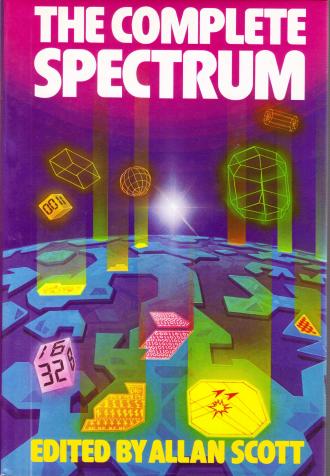
Thomas John Watson, Sr. was president of International Business Machines (IBM) who was responsible for the company’s growth into an international force from 1914 to 1956.
For a man who achieved all this it is perhaps surprising that he made one of the least accurate predictions ever when he said in 1943, “I think there is a world market for maybe five computers” . Ken Olson, president, chairman and founder of Digital Equipment Corp., 1977 must have been reminded of this when he said “There is no reason anyone would want a computer in their home.”
Well they were both wrong and in 1981 Sir Clive Sinclair launched his home computer and almost thirty years later almost every house has one. The Sinclair was small, black with only 1K of memory, and it would have needed more than fifty-thousand of them to run Word or Excel, but the Sinclair changed everything. It didn’t do colour, it didn’t do sound, it couldn’t remember anything and it didn’t even have an off switch. But it brought computers into the home, over a million of them, and created a generation of software developers.
Up until this moment I, like most people, hadn’t given a lot of thought to owning my own computer. There was a mainframe machine at work which clanked and whirred away in a mysterious sort of way in an air-conditioned room at the back of the building but I didn’t get to use it and I didn’t even have a terminal on my desk.

Cory Environmental Contract Manager
Anyway, when this thing arrived at W H Smiths for £69.95 (or £49.95 if you built it yourself) I was quickly convinced that it was something I really needed. I visited the store a couple of times and just touched the box and poked a finger at the demonstration machine but this was just a bit of tyre kicking of course because I had no idea why I needed it or what I was going to do with it. On the third visit I made up my mind and bought one.
It came in a pack with an instruction manual and some software, some games including space invaders and chess and some geeky stuff that I never used like ‘make a chip’. It had to be connected to a cassette recorder and the software downloaded whilst making a reassuring screeching noise to confirm that there was actually some data transfer taking place. Eventually the tape would clunk to a stop and if you were lucky the software began to work.

After a while magazines started to print code for new games and applications and I would spend hours typing them in via the flat plastic keyboard but just one mistake – which might have been a typing error in the magazine – and it didn’t work. Typing this code into the machine made me realise that there wasn’t much to this programming malarkey at all and I quickly learned that you didn’t need to be a computer scientist with a brain as big as Mount Everest to be able to do some BASIC programming for yourself.
I am absolutely certain that I will never ever be able to follow a knitting pattern or flat pack furniture assembly instructions but I discovered that when it came to BASIC programming I was a bit of a natural and I became consumed by the thing.
This product was so successful that just over a year later on 23rd April 1983 a new, bigger and better looking model was launched called the Sinclair Spectrum. This had 4K of RAM so now programming possibilities were almost infinite.
I would spend hours hooked up to a portable TV set creating and designing my own programmes and doing everything that I could to squeeze every last bit out of the memory.
There were two programmes that I was most proud of both of which I submitted to a magazine and had them printed. The first was a game of Connect4 played by two players or against the computer itself; I was proud of that and my friends and family were really impressed. My favourite however was a database programme for recording and storing cricket averages. Even though I say so myself this was a neat little programme that I used for a couple of years to keep the office team records.

Rugby Rural District Council Cricket Team
We all owe so much to Sir Clive Sinclair because the introduction of his home computer was one of those moments in history when social change and human development goes through a momentary period of rapid acceleration and without the Sinclair ZX81 and the Spectrum I would not be sitting in front of my Packard Bell writing my blog!































